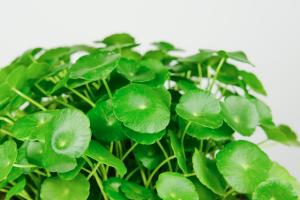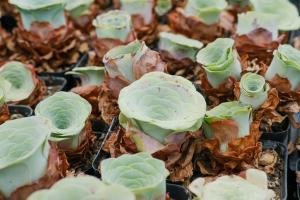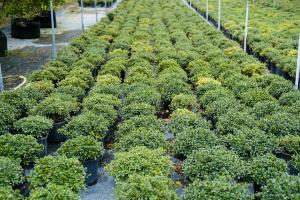How Do CAM Plants Save Water
CAM (Crassulacean Acid Metabolism) plants are unique species that have evolved to adapt to arid and semi-arid environments. These plants have developed a unique mechanism that allows them to conserve water by opening their stomata at night and closing them during the day. This process, known as CAM photosynthesis, enables CAM plants to thrive in water-scarce regions, and their ability to conserve water has drawn enormous attention from scientists and researchers. In this article, we explore the unique features of CAM plants and how they save water.
How CAM Plants Work
CAM plants have a different mode of photosynthesis from C3 and C4 plants. Instead of opening their stomata during the day, which can lead to water loss through transpiration, CAM plants open their stomata exclusively at night. This allows them to absorb carbon dioxide (CO2) and minimize water loss through transpiration, which is most pronounced during the day. Once the CO2 is absorbed, it is stored in vacuoles and converted into the organic acid malate that is stored in the cell's vacuole. During the day when the stomata is closed, CAM plants use this stored malate to produce CO2 in the process of photosynthesis.
The Advantages of CAM Plants
One significant advantage of CAM plants is their ability to save water. By opening their stomata only at night, CAM plants minimize water loss, which is a critical resource in arid regions where water is scarce. Additionally, CAM plants can tolerate extreme temperatures and high levels of solar radiation, making them even more suited to thrive in arid climates. Furthermore, CAM plants can grow in a variety of soils, including those with a low nutrient content, which enhances their ability to adapt to challenging environments.
The Drawbacks of CAM Plants
Although CAM plants have several unique traits that enable them to survive arid environments, they are not without their drawbacks. One significant disadvantage of CAM plants is their slow rate of growth, which limits their commercial value. Additionally, CAM plants tend to have lower photosynthetic efficiency compared to C3 and C4 plants, which translates to lower yields for farmers. Moreover, CAM plants are generally less productive than C3 and C4 plants due to the low light intensity they receive during photosynthesis.
Applications of CAM Plants
CAM plants have several potential uses in agriculture and industry. They have been shown to have the ability to grow well in arid and semi-arid regions, making them valuable crops in places with water scarcity problems. Additionally, CAM plants can be used in phytoremediation, a process that involves the use of plants to remove pollutants and contaminants from the soil. Moreover, CAM plants have potential applications in the production of biofuels, cosmetics, and pharmaceuticals due to their unique metabolic pathways.
Conclusion
CAM plants are unique species that have evolved to adapt to arid and semi-arid environments. They have developed a mechanism that enables them to conserve water by opening their stomata at night and closing them during the day, a process known as CAM photosynthesis. This water-saving ability has drawn enormous attention from scientists and researchers, given the problems associated with water scarcity. Although CAM plants have several drawbacks, they have several potential applications in agriculture and industry, making them valuable crops in places with water scarcity issues.

 how many times do yo...
how many times do yo... how many planted tre...
how many planted tre... how many pine trees ...
how many pine trees ... how many pecan trees...
how many pecan trees... how many plants comp...
how many plants comp... how many plants can ...
how many plants can ... how many plants and ...
how many plants and ... how many pepper plan...
how many pepper plan...






























